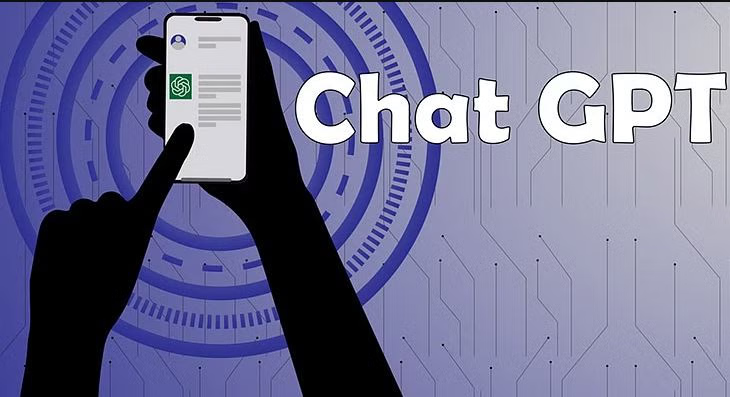ChatGPT Advertising: The Future of Digital Marketing for Businesses
Artificial Intelligence is transforming the way businesses reach customers, and ChatGPT Advertising is the next frontier. OpenAI is exploring the possibility of running ads for non-paying users, which could create one of the most powerful advertising channels since Google and Facebook revolutionized digital marketing. With over 800 million weekly users asking high-intent questions, ChatGPT presents a unique opportunity for marketers to reach an audience actively seeking solutions. Unlike social media, where users scroll passively, ChatGPT users come with problems they want solved—making every interaction a high-intent touchpoint. In this article, we’ll break down what ChatGPT Advertising could look like, its potential impact on the paid media landscape, and how businesses can prepare to leverage this emerging channel.
What We Know About ChatGPT Ads
Currently, ChatGPT does not run any ads, but OpenAI’s CFO confirmed that monetizing the free user base is under consideration. As operating large-scale AI infrastructure is costly, advertising may soon become a part of ChatGPT’s business model.
Why ChatGPT Users Are Ideal for Ads
ChatGPT queries are typically problem-focused:
- “What’s the best CRM for small businesses?”
- “How do I fix a leaky faucet?”
These are high-intent queries—users are actively looking for solutions. For marketers, this is like striking gold. Ads integrated naturally within conversations could reach users at the precise moment they are considering a solution.Recent reports indicate that OpenAI may test different monetization approaches, including partnerships with publishers, sponsored content, and AI-driven ad placement. The platform already has the infrastructure for targeting and personalization, which is essential for relevant advertising.
What Might ChatGPT Ads Look Like?
While official formats are not confirmed, we can make educated guesses based on AI platforms and ChatGPT’s interface:
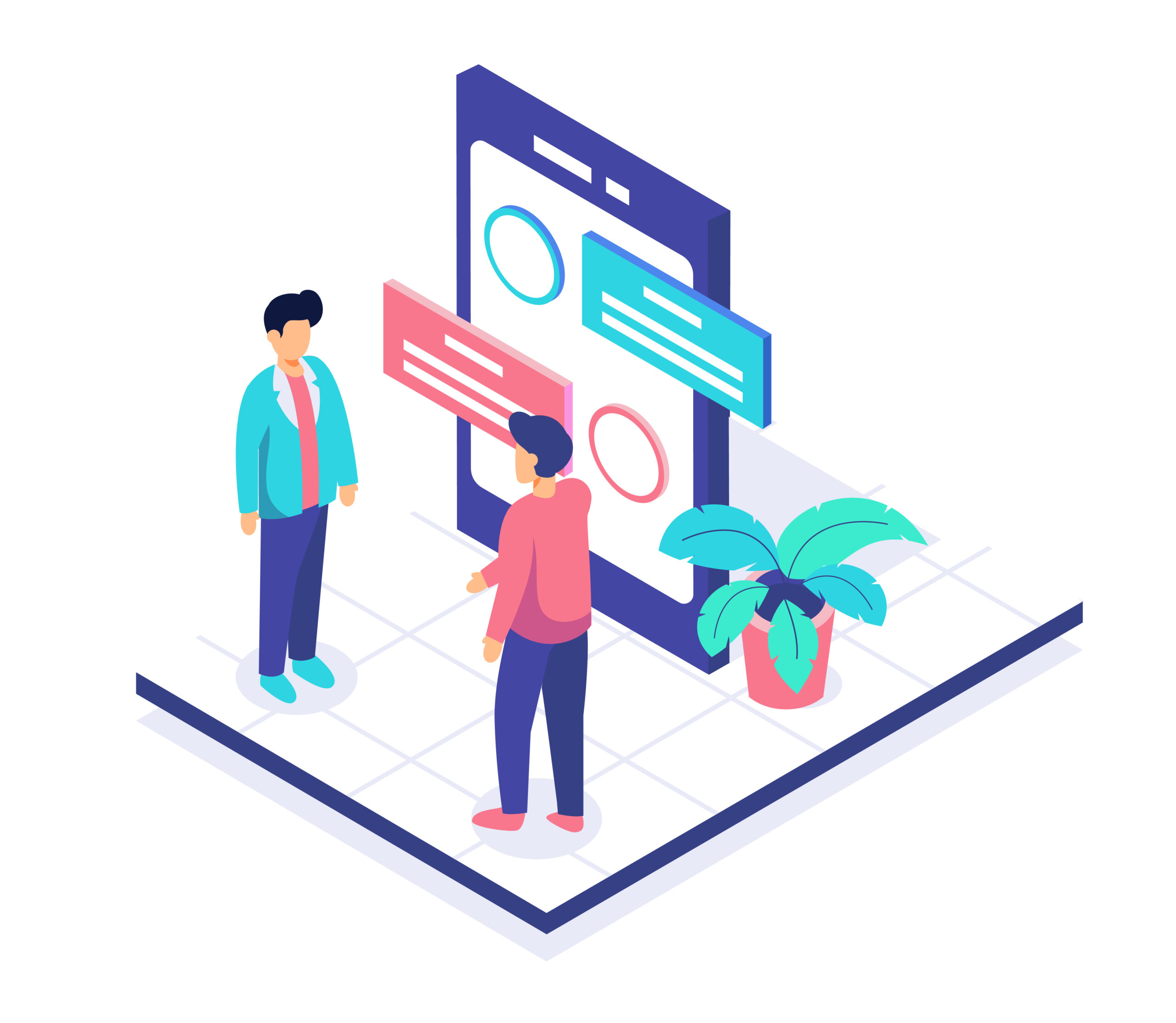
1. Sponsored Responses
Similar to Google Ads, sponsored responses could appear at the top of answers. For example, a user asking about CRM software may see a Salesforce-sponsored response before organic suggestions.

4. Targeting Capabilities
Potential targeting signals include:
1. Query intent (what users ask)
2. Conversation context (previous questions in the session)
3. User behavior patterns (topics frequently discussed)
4. Industry focus (B2B vs. consumer)
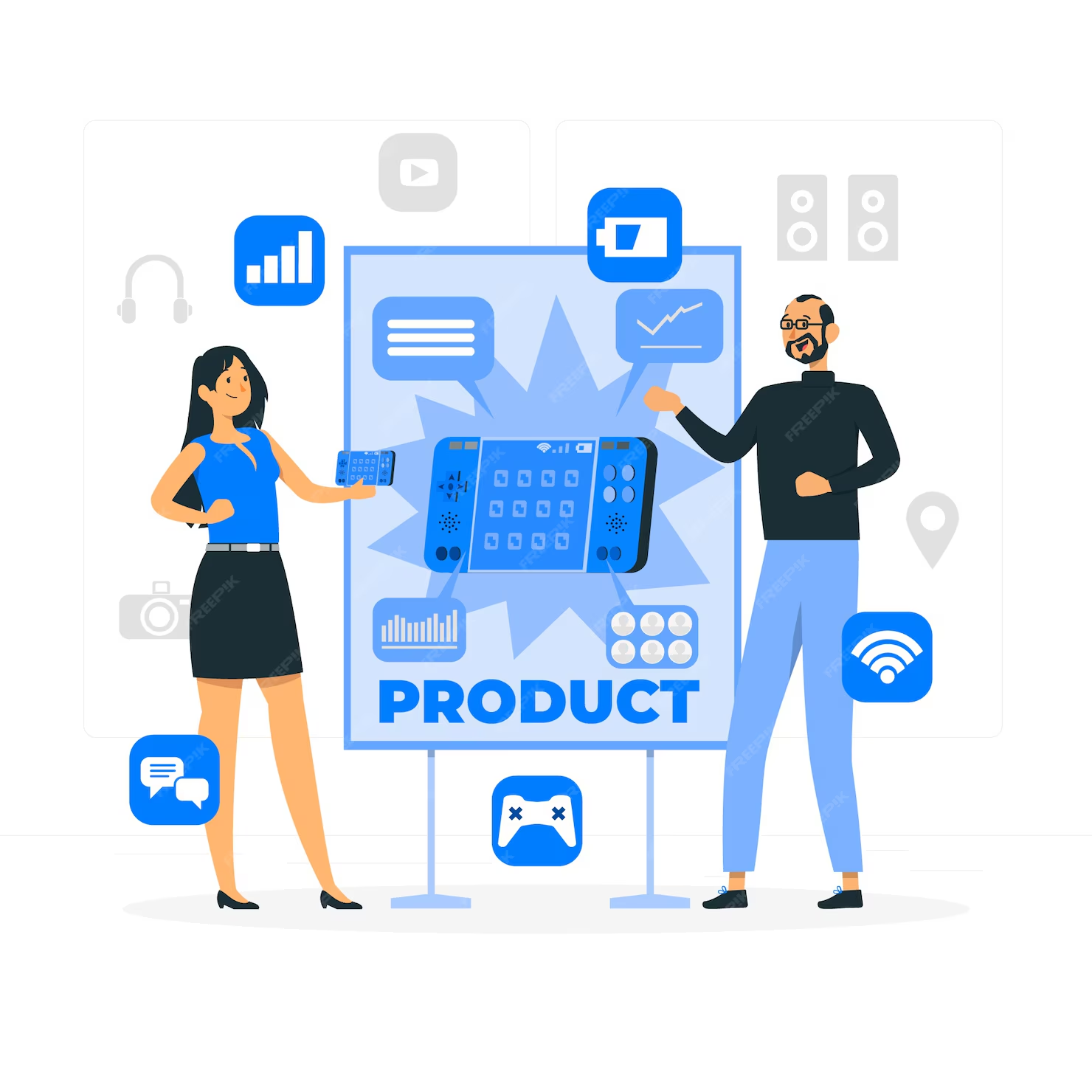
2. Native Product Mentions
Subtle mentions of brands or products could be woven naturally into answers, potentially as paid placements. This allows advertising without disrupting the conversational flow.
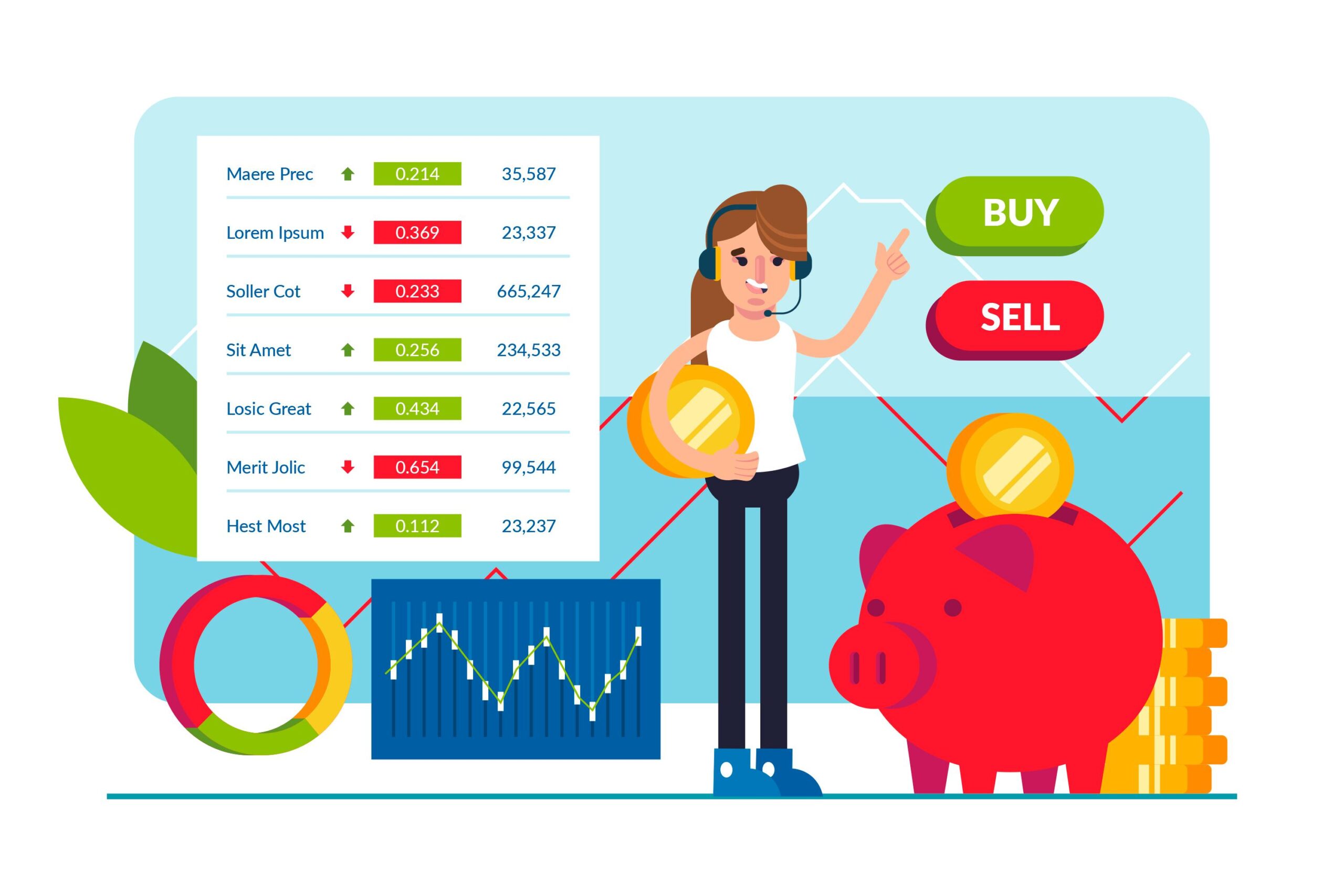
5. Pricing Models
Possible models for ChatGPT Advertising:
1. CPC (Cost-per-click): Pay per click on sponsored links
2. CPE (Cost-per-engagement): Pay per interaction with ads
3. Subscription packages: Fixed monthly fee for guaranteed mentions
4. Performance-based pricing: Pay for leads or conversions
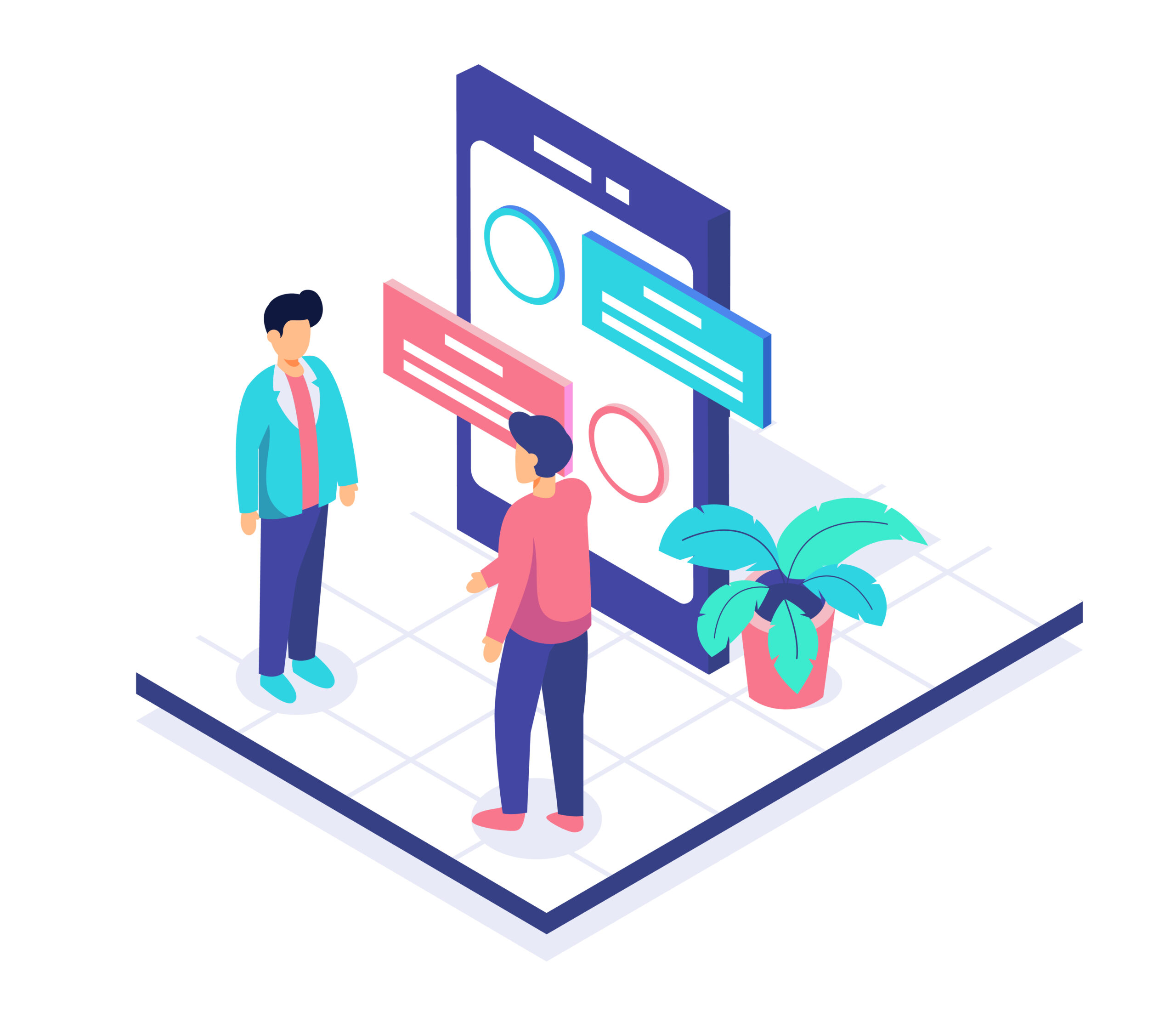
3.Contextual Recommendations
AI could recommend specific products or services based on conversation context. For example, asking about marketing automation might trigger a HubSpot mention alongside technical advice.
ChatGPT vs Traditional Ads
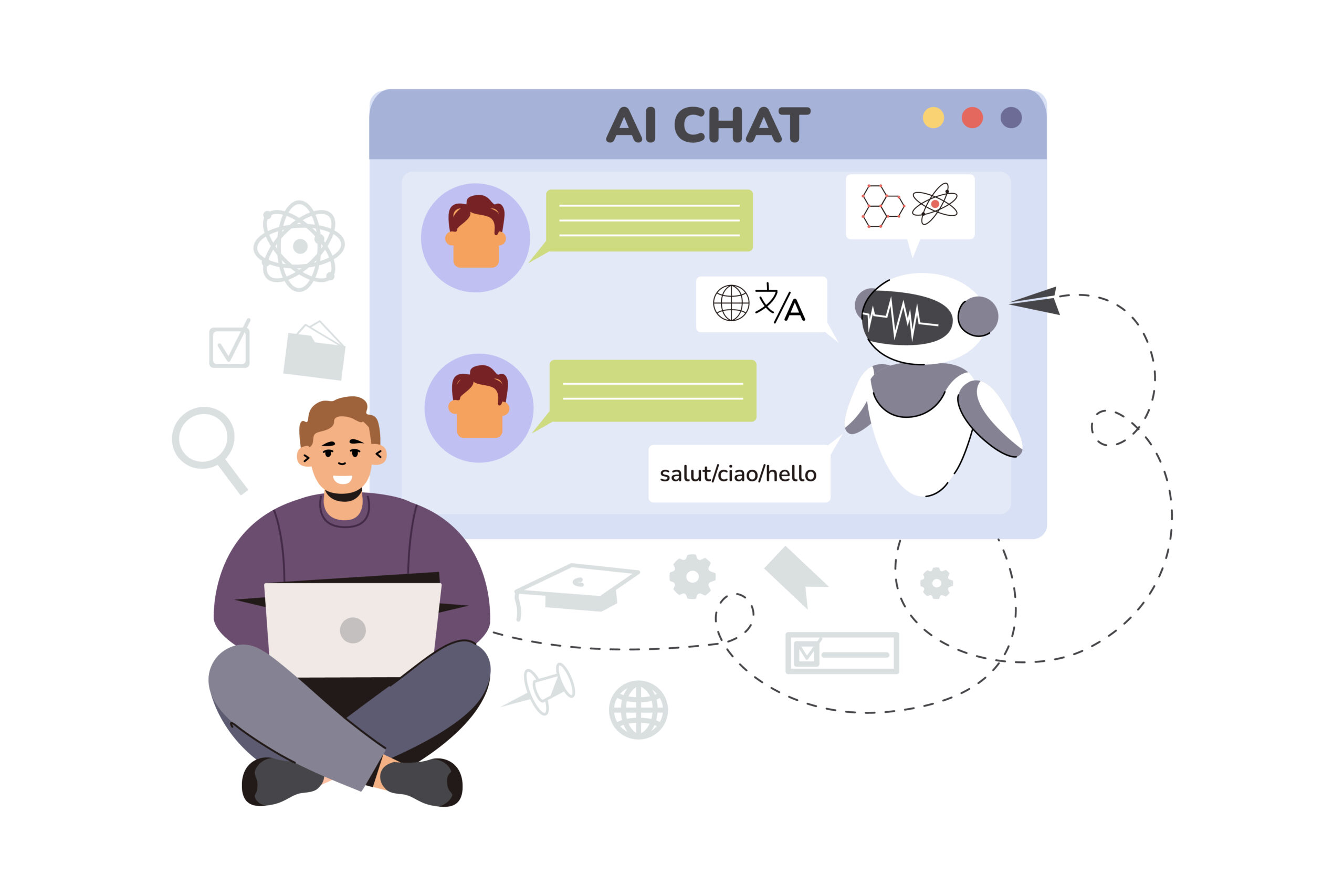
The Intent Advantage: Unlike search engines or social media, ChatGPT captures user intent through natural language descriptions of problems and solutions. This allows marketers to target more specific, high-intent queries, which can improve conversion rates.
Budget Reallocation: Smart marketers may gradually shift ad spend from other channels to test ChatGPT Advertising. This could affect Google Ads and social media marketing budgets.
Competitive Response: Google, Microsoft, and Meta are already adapting AI into their advertising ecosystems. Early adoption of ChatGPT Ads could provide a competitive advantage for businesses.
Who Should Consider ChatGPT Ads?
High-Potential Businesses:
- SaaS companies targeting niche problems
- E-commerce selling high-consideration products (electronics, fitness equipment)
- Online education and certifications
- Professional services (law, finance, healthcare, marketing)
Businesses less likely to benefit initially:
1. Impulse-buy products or low-cost items
2.Industries with limited digital demand
How to Prepare for ChatGPT Advertising
Even before paid ads launch, businesses can start preparing:
- Map Customer Questions:
To find often asked questions, use resources like AnswerThePublic, Google’s “People Also Ask,” and customer service records. - Develop Conversational Ad Copy:
Ads should sound natural in conversation. For example:
“For remote teams managing customer data, many companies choose [Your CRM] because it integrates with existing workflows.” - Audit Brand Authority:
ChatGPT favors authoritative sources. Strengthen your presence on:- Industry publications
- High-authority directories and review platforms
- Academic or research publications
- Influential podcasts and media mentions
- Test Conversational Marketing Now:
Experiment with chatbots on your website or social media to understand AI-style interactions. - Prepare Attribution Models:
Conversational ads may require multi-touchpoint tracking and longer attribution windows. - Build Your Knowledge Base:
Publish detailed FAQs, guides, and documentation to improve your chances of being referenced organically.
Internal Linking Suggestion:
- [SEO Strategies for 2025]
- [How to Optimize Paid Media Campaigns]
- [Digital Marketing Trends]
How to Get Featured Without Paid Ads
Organic visibility on ChatGPT is possible with strong content and authority:
- Focus on E-E-A-T (Experience, Expertise, Authoritativeness, Trustworthiness)
- Optimize content for conversational queries
- Earn brand mentions and backlinks from authoritative sites
- Use structured data (FAQ schema, product schema, organization schema)
- Monitor brand mentions with Google Alerts
Stats & Case Studies
- ChatGPT reached 100 million users faster than any consumer app in history.
- Surveys show over 60% of users rely on AI tools for problem-solving, indicating a high-intent audience for advertising.
- Early tests by Google and Microsoft suggest that conversational AI ads can outperform traditional search ads for certain high-value queries.
FAQs (Schema-Ready)
Q1: Does ChatGPT have ads currently?
No, ChatGPT is ad-free, but OpenAI is exploring monetization options.
Q2: Are ChatGPT recommendations sponsored?
Currently, recommendations are organic. Sponsored content may appear in the future.
Q3: How can my business get mentioned?
Focus on building content authority, backlinks, and comprehensive guides answering user questions.
Q4: Will ChatGPT ads work like Google Ads?
They may use CPC and auction-based models, but the format will be conversational.
Q5: Should I shift budget from Google Ads now?
Not yet. Test ChatGPT ads with a small budget once they launch, before reallocating significant funds.
Conclusion
ChatGPT Advertising is poised to become a game-changing channel in digital marketing. With a user base exhibiting high-intent behavior in a conversational environment, this platform offers unique opportunities for businesses to reach customers at the exact moment they need solutions. Marketers who start preparing now—through content authority, structured data, and conversational strategies—will have a head start, whether using paid ads or boosting organic visibility.

